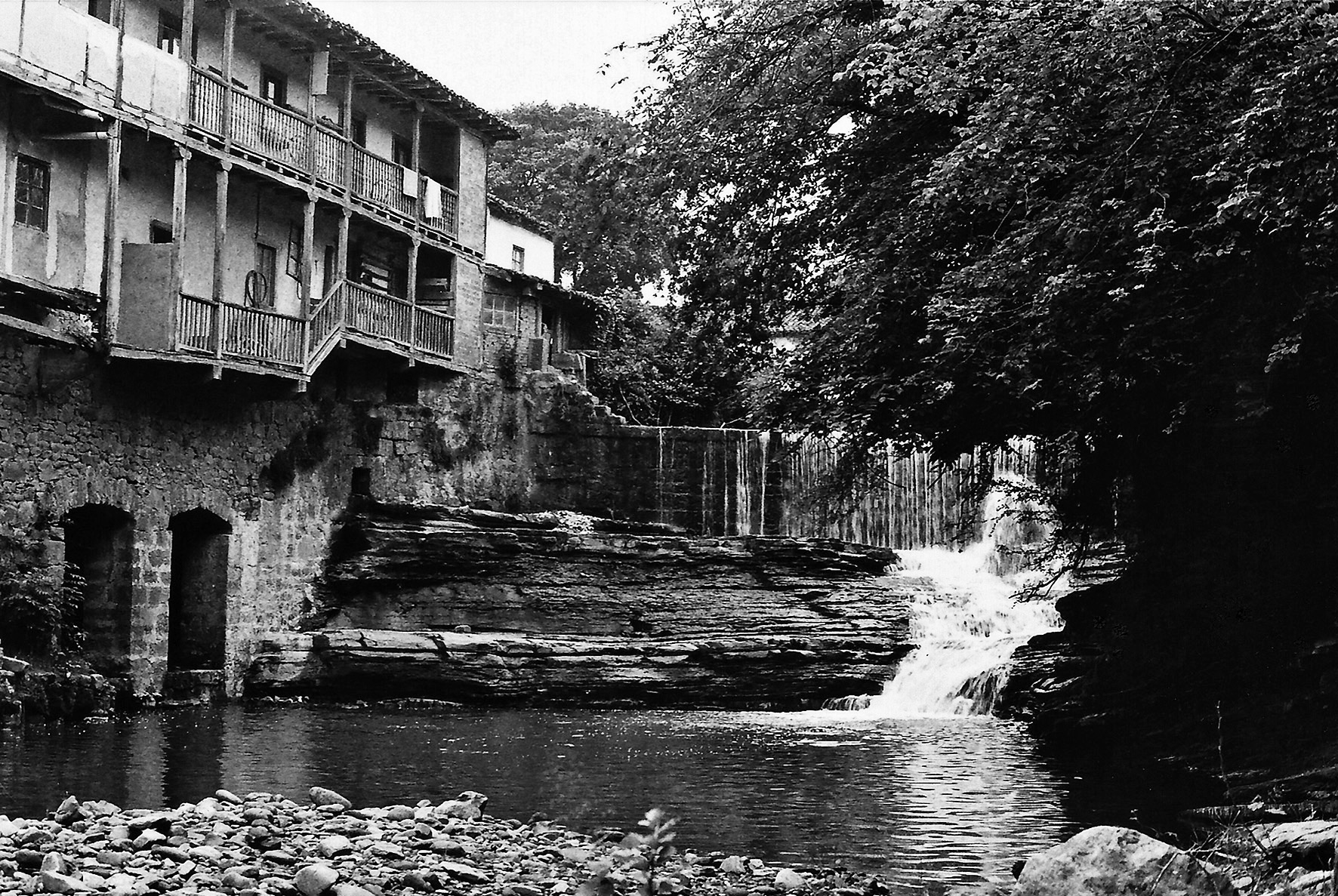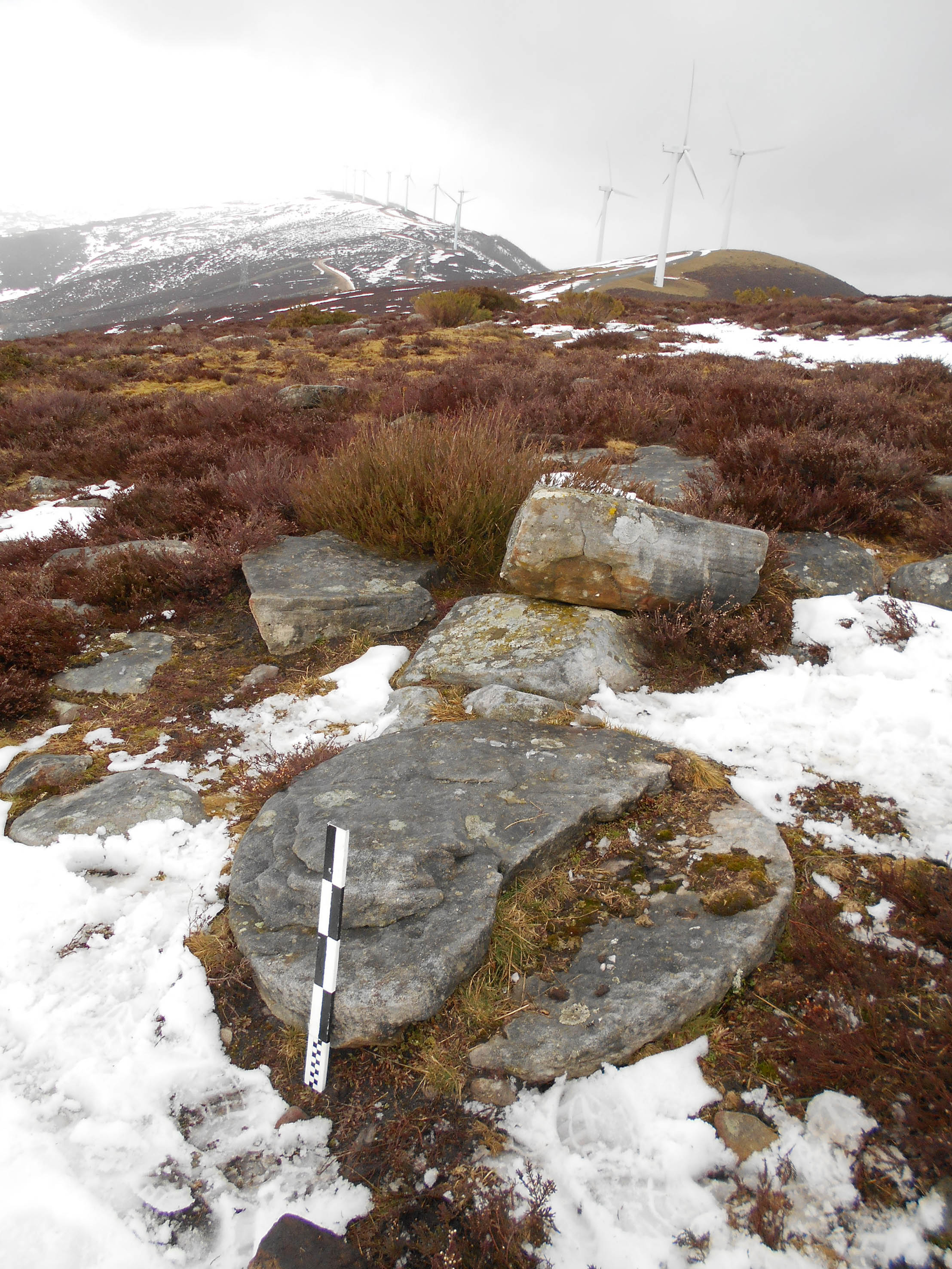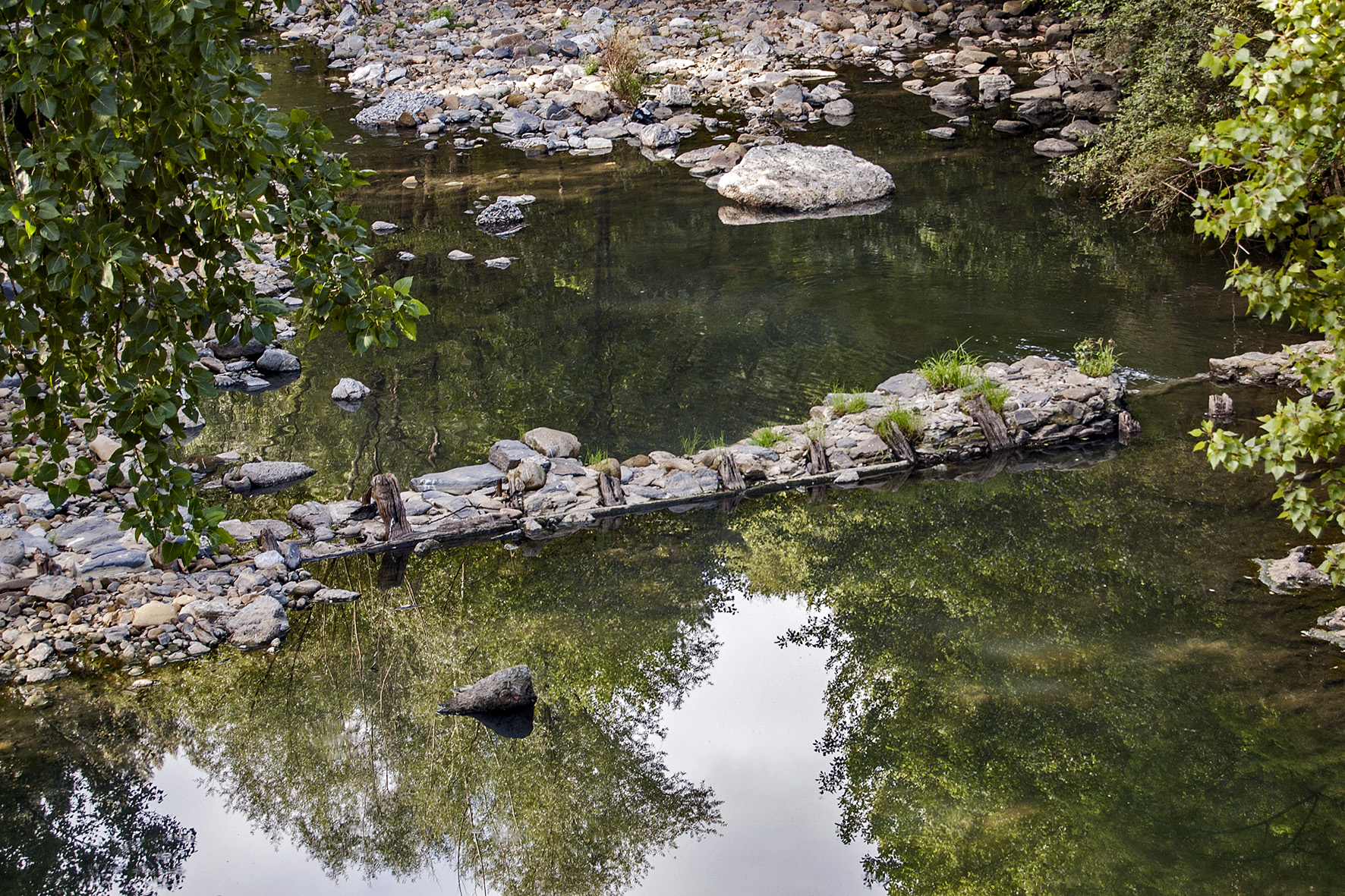Archives

Exterior view of the mill, 1977. Miguel Sabino Díaz.
It is a grain watermill situated in the homonymous site, on the right bank of the river known by locals as El Cuadro, and beneath the bridge across the road to the neighbourhood of Manzaneda de Sierra. The plant and machinery of this water-powered mill are still preserved today. (more…)

A 110-cm-millstone abandoned in Mount Burgamendi (Barrundia). Javi Castro. Aranzadi Science Society.
Stones were vital to mills for grinding grain into flour. Mills themselves are as old as farming. Hand-operated at an early stage, they evolved into more and more sophisticated devices, and their performance improved significantly. Former flour mills were equipped with millstones (errotarriak, in Basque) powered by water (watermill), draught animals (animal-powered mill) or, on fewer occasions, the wind (windmill). Wind farms are found today in some of our mountains, the natural landscape of mountain watersheds having been altered by modern windmills that instead of white flour produce ‘green’ electrical power. (more…)

Vestiges of the dam at Vicario Mill in the neighbourhood of Molinar, 1978. Miguel Sabino Díaz.
Heavy rainfall caused a great deal of destruction in the Valley of Carranza (Bizkaia) back in 1978 and revealed the remains of ancient timber dams, which allowed to know in situ the technique used in the construction of these old-time hydraulic structures of clear medieval origin.
Well into the 19th century the majority of the watermills in the Valley employed small, straight single-walled dams to provide power to the water-raising machinery. (more…)

